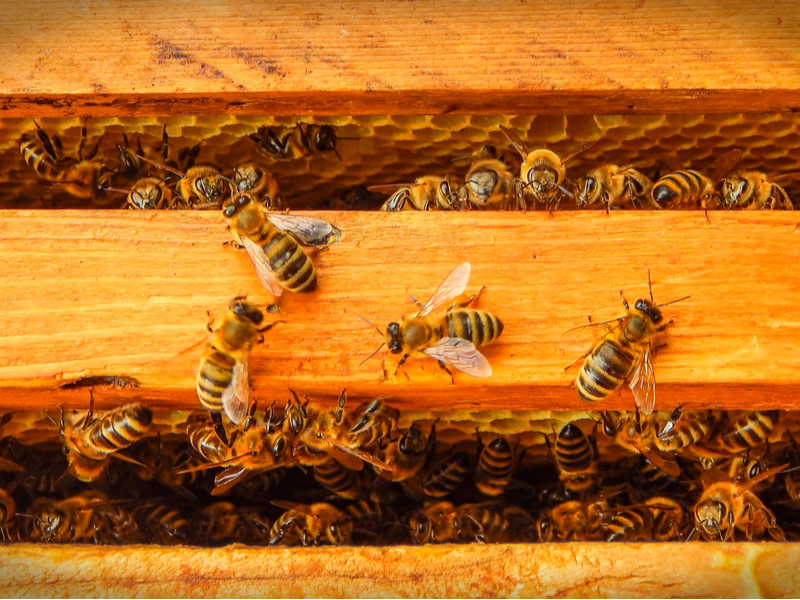If your power is out, especially for days, the arrival of a mobile microgrid in your community is a welcome sight. But mobile microgrids are rare. Most of us have to tough out a power outage, sometimes for days, weeks or months.
So a partnership between two heavy hitters — Microsoft and Schneider Electric — is working with the nonprofit Footprint Project on a way to multiply the number of mobile microgrids that can quickly respond to disasters. And while their solution requires some sophisticated software, and an understanding of ancillary power markets, the concept is pretty straightforward. Think of a beehive.
Why a beehive?
First, consider the problem. Mobile microgrids arrive in communities following a disaster to provide power for things it’s hard to live without – refrigeration for medications and food, cell phone charging, light and heat in winter and air conditioning in summer. Their job is important but only temporary. The rest of the time a mobile microgrid has nothing to do. That makes it an expensive investment. People sometimes question why FEMA or utilities do not use more mobile microgrids during disasters, particularly those that use solar and energy storage. The cost-to-use ratio may help answer that question. But what if the mobile microgrids could be put to use when there is no disaster? That’s what the […]
Click here to view original web page at microgridknowledge.com
image: weter78/Shutterstock.com
